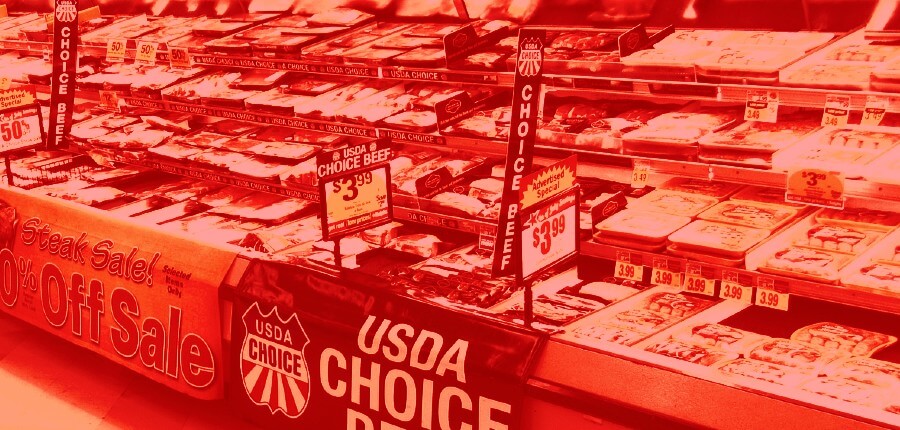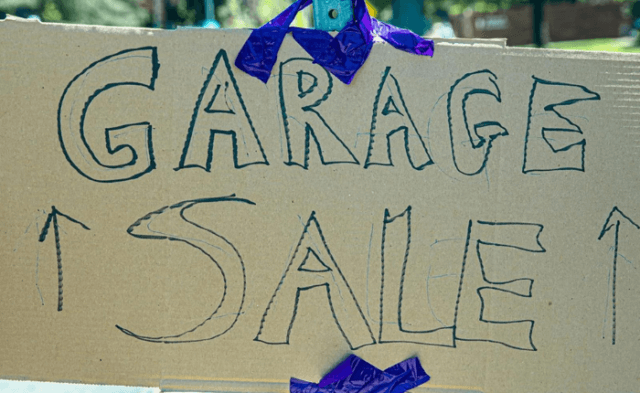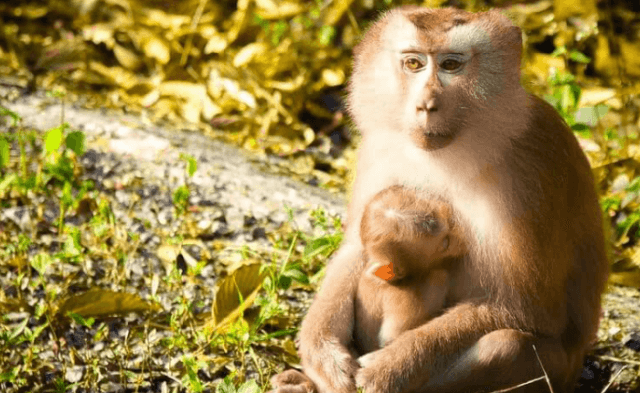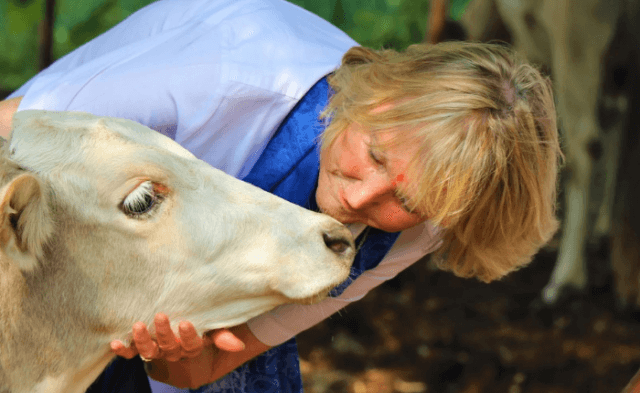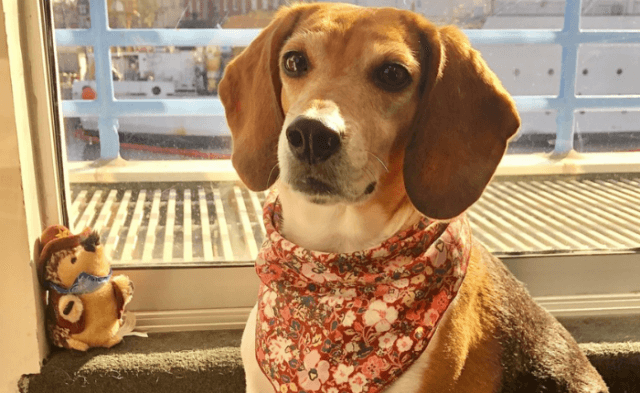If your memory of Patrick Henry is hazy, ask your kids going to school in the other room for a refresher. He was the Founding Father who wrote the famed “give me liberty or give me death” speech of the American Revolution.
I was reminded of his words recently in the place most people go to contemplate gifted orators of the past: the grocery store. Watching people wearing face masks and gloves lining up 6 feet apart at the meat counter, I was gobsmacked by the irony.
Eating animals is what got us into this mess. It’s believed that the novel coronavirus originated in a “wet market,” where living and dead animals are sold side by side. There are 80 of these live-animal markets, with butchering on the premises, in New York City alone. But while most meat sold in this country comes from filthy factory farms and bloody slaughterhouses, not wet markets, calling them any “safer” would be like Henry calling the war “a bit of a disagreement.”
By now, we all know that the disgusting feces-filled pens and warehouses reeking of ammonia that are the hallmarks of animal agriculture are breeding grounds for disease. As biologist Rob Wallace put it, “Factory farms are the best way to select for the most dangerous pathogens possible.” Just look at SARS, MERS, avian flu and swine flu — they’re all linked to confining animals as closely together as possible and then killing them for food.
We know that when animals are pumped full of antibiotics in order to keep them alive in filthy conditions and to make them grow much larger and faster than they would in nature, pathogens mutate to become antibiotic-resistant. The CDC estimates that about 75% of new infectious diseases affecting humans originated in animals and that 2.8 million Americans are sickened by antibiotic-resistant bacteria every year, with 35,000 of them dying.
So why do we keep eating meat? Well, for one thing — subsidies.
Meatonomic$ reports that the U.S. government spends $38 billion of our tax money every year to subsidize meat and dairy business interests, but only a fraction of that amount on fruits and vegetables. Meat and dairy received billions more dollars in response to COVID-19. Subsidies keep prices low and keep people buying. Or now, with slaughterhouses remaining open, it’s more like “keep prices low and keep people dying.”
“But the economy!” some will howl. Yes, of course.
But consider this: A study by Carnegie Mellon researchers found that animal agriculture costs the U.S. economy more in health and environmental damage than it contributes.
The average American now eats a whopping 222 pounds of meat a year. The average for the rest of the world is about 96 pounds — still a large amount. Hundreds of studies draw clear connections between our meat addiction and the fact that we have twice the obesity rate, twice the diabetes rate and three times the cancer rate of the rest of the world. Give me meat and give me death indeed.
To stray from Henry for a moment, though, here’s a thought:
Those billions of government subsidies could be going toward helping slaughterhouses switch to producing healthy, safe vegan meats and nondairy products and helping farmers in the supply chain switch to growing the crops to produce them.
Nielsen reports that sales of fresh vegan meats have been growing 158% year-on-year and have shot up 454% during the coronavirus crisis. Oat milk sales surged 686% last year and another 476% because of COVID-19. Bills being introduced in the House and Senate would phase out factory farms by 2040, and there is strong bipartisan support for a global shutdown of live-animal markets.
For now, we’re stuck with the consequences of meat addiction: failing businesses, unemployment, shuttered churches and many, many terrible deaths — for pigs, chickens, cows and humans alike.
Watching the mask-and-glove crowd at the meat counter, I wondered: Would Patrick Henry call this “liberty”? Maybe our next American Revolution should revolutionize how we eat.

